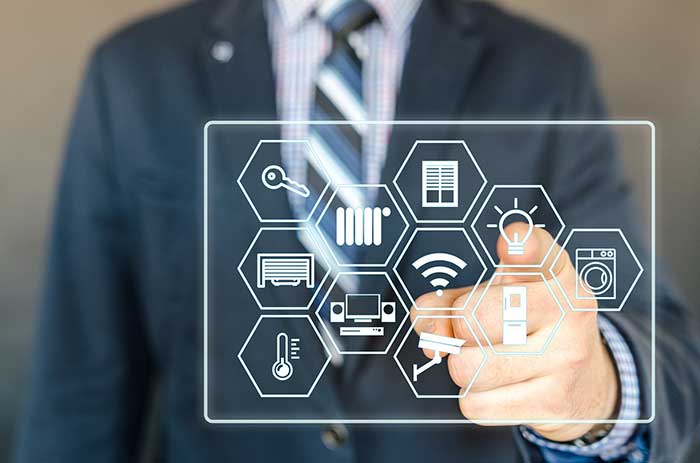
IoT and Sustainable Living: Revolutionizing Everyday Life
Share
In the rapidly evolving realm of technology, the combination of IoT and sustainable living is proving to be a game changer. IoT, or the Internet of Things, refers to the interconnectivity of physical devices embedded with sensors, software, and other technologies for exchanging data. This network is not only transforming consumer lifestyles but also aligning with sustainable living initiatives. Given the unprecedented growth in urban populations and the increasing demands on resources, the integration of IoT in everyday living has become crucial for sustainable future development.

What Is IoT?
The Internet of Things, upon scrutiny, reveals a world where devices communicate with each other over the internet, thus crafting a web of connected gadgets. These gadgets range from household appliances to industrial machinery. At first glance, IoT may just seem like a technological convenience, but it's much more than that. It ensures real-time data synchronization and decision-making, ultimately leading to optimum resource utilization.
Sustainable Living Goals
The essence of sustainable living is to adopt practices that considerably reduce an individual's or society's environmental impact. This includes using resources sparingly and efficiently, and prioritizing renewable resources. When aligned with IoT, sustainable goals can be more achievable and impactful as they introduce innovative means to meet these objectives.
IoT Solutions Enhancing Sustainable Living
1. Smart Homes: Smart homes stand as the beacon for the marriage between IoT and sustainable living. By using connected devices, energy consumption can be efficiently managed. Automated systems such as smart thermostats, lights, and security systems ensure minimal waste and maximized cost efficiency. Check out how smart homes save energy.
2. Reducing Water Wastage: IoT is pivotal in smart water management. Smart water meters and leak detection systems like non-invasive leak detection can drastically cut down on water waste.
Eco-friendly Innovations with IoT
3. Smart Agriculture: IoT-driven agriculture is paving the way for more efficient farming methodologies. With sensors that monitor soil conditions, farmers can optimize water usage and crop yields.
4. Eco-friendly Transportation: By connecting vehicles to networks or management systems, IoT can regulate traffic and promote the use of electric vehicles, minimizing carbon footprints.
5. Digital Solutions for Home Efficiencies: From simple home automation ideas to smart building management systems, IoT has penetrated household management for heightened operational efficiency.
Challenges and Opportunities
While the integration of IoT and sustainable living opens numerous doors for innovation, it does come with challenges. Privacy concerns and security vulnerabilities in the IoT ecosystem need continuous improvement. However, when these challenges are effectively addressed, the potential for sustainable digital ecosystems appears limitless.

Conclusion
The convergence of IoT and sustainable living is not just a transformative trend but a necessary evolution in our pursuit of a greener planet. As technology advances, the diligence of tech professionals and enthusiasts becomes paramount in ensuring that IoT solutions genuinely support and advance sustainable practices.
FAQ
1. How can IoT reduce energy consumption in homes?
IoT can integrate smart devices such as thermostats and lighting systems that adjust automatically to reduce overall energy usage.
2. What role does IoT play in water conservation?
IoT-enabled devices monitor water usage and detect leaks, allowing homeowners and businesses to address inefficiencies and minimize waste, as discussed in water sensor technology.
3. Is IoT applicable in agriculture?
Yes, IoT in agriculture helps in monitoring fields real-time, enhancing water efficiency, and optimizing crop growth.
